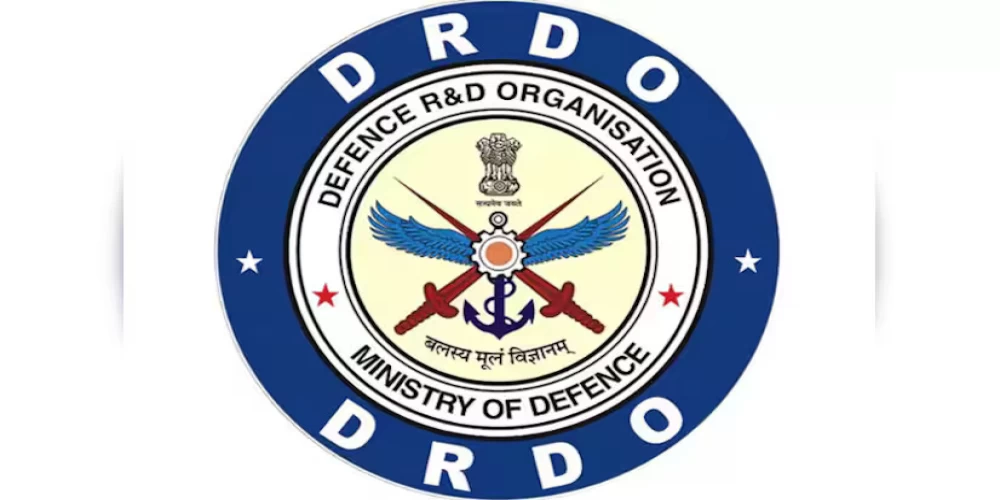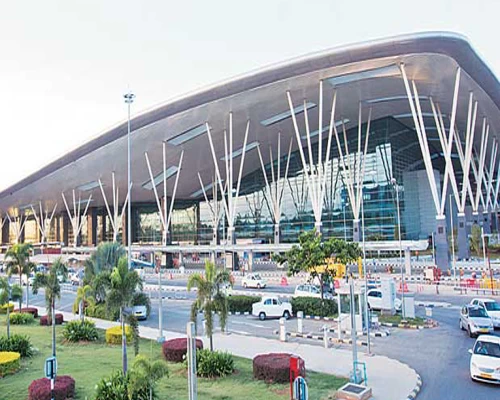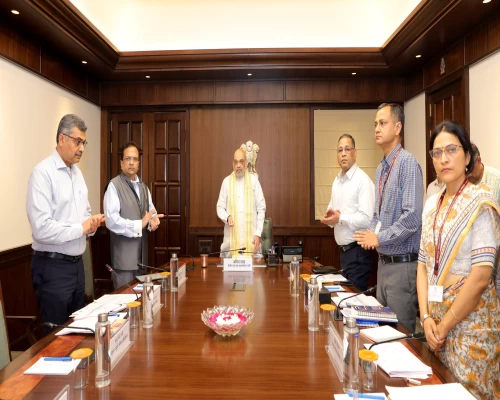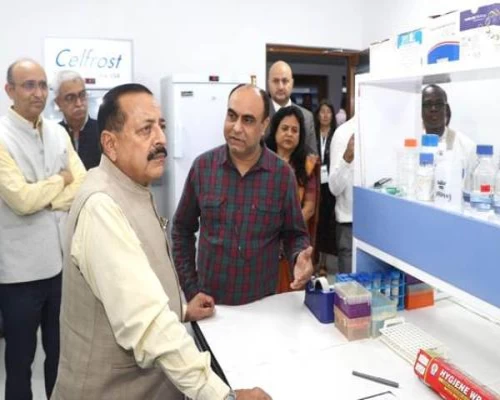
New Delhi: The Defence Research and Development Organisation (DRDO) has developed a new indigenous technology that can turn seawater into safe drinking water, offering relief to both the Indian Coast Guard and coastal communities. Created by DRDO’s Defence Materials and Stores Research and Development Establishment (DMSRDE) in Kanpur, the innovation is a nanoporous multilayered polymeric membrane capable of withstanding extreme marine conditions. It was developed within just eight months, offering a promising solution for freshwater scarcity in marine and island settings.
Providing potable water has long remained a challenge for the Indian Coast Guard, which operates in remote maritime zones for extended periods. For millions living along India’s 7,500-kilometre coastline and on islands, access to clean water often depends on expensive or unreliable sources. The DRDO-developed membrane has been designed to tackle both military and civilian needs, enabling seawater desalination even in harsh conditions.
The multilayered polymeric membrane uses nanoscale pores to selectively filter out salts and impurities while allowing water molecules to pass through. Unlike conventional membranes that degrade quickly or collapse under high pressure, this design resists corrosion and maintains integrity under challenging conditions. Its architecture spreads the filtration load across multiple layers, improving both durability and performance.
The membrane has been manufactured using advanced nanotechnology and materials science at DMSRDE. Initial testing was conducted aboard an Indian Coast Guard Offshore Patrol Vessel, where the membrane consistently produced potable water with minimal energy input and required little maintenance. It is currently undergoing a 500-hour operational trial to assess long-term reliability in real-world conditions.
According to DRDO, the membrane has cleared all early-stage evaluations. “The membrane performed flawlessly during these initial trials, producing high-quality potable water with minimal energy input,” the organisation stated. “The system’s low-maintenance design was also validated, as it required no significant interventions during the testing phase.”
The design is also scalable, opening doors for its use beyond defence. For example, compact desalination units could be deployed in regions like Lakshadweep, the Andaman and Nicobar Islands, and coastal belts of Tamil Nadu or Gujarat, where residents rely on seasonal rainfall or transported water. The system’s energy efficiency and corrosion resistance make it cost-effective in the long run, and its potential for integration with renewable energy adds further value.
For the Coast Guard, this technology offers a significant logistical advantage. With onboard desalination, vessels can remain at sea for longer durations without requiring fresh water from port. Reducing dependence on imported desalination systems also strengthens India’s self-reliance in maritime defence.
The membrane’s design also holds potential for commercial production. Discussions are underway to partner with private companies for civilian deployment, particularly in water-stressed regions. “The membrane technology could soon be commercialised for civilian use,” DRDO sources said. “Partnerships with private-sector companies could facilitate the production of affordable desalination units, creating new economic opportunities and reducing India’s reliance on foreign suppliers.”
However, challenges remain. Adapting the system for widespread civilian use will require investment in manufacturing and infrastructure, and upfront costs could be high for remote communities. DRDO is also exploring integration with solar or wind-powered systems to reduce environmental impact and improve off-grid access.
This innovation, emerging from a fast-tracked research cycle, marks a major step in addressing India’s dual challenge of securing maritime operations and ensuring freshwater access for vulnerable populations. With further testing and deployment, the membrane could become a common fixture on patrol vessels and in coastal villages alike, transforming how India approaches desalination in extreme conditions.
BI Bureau













